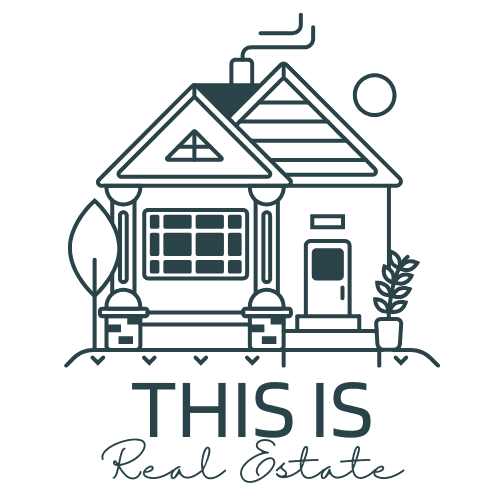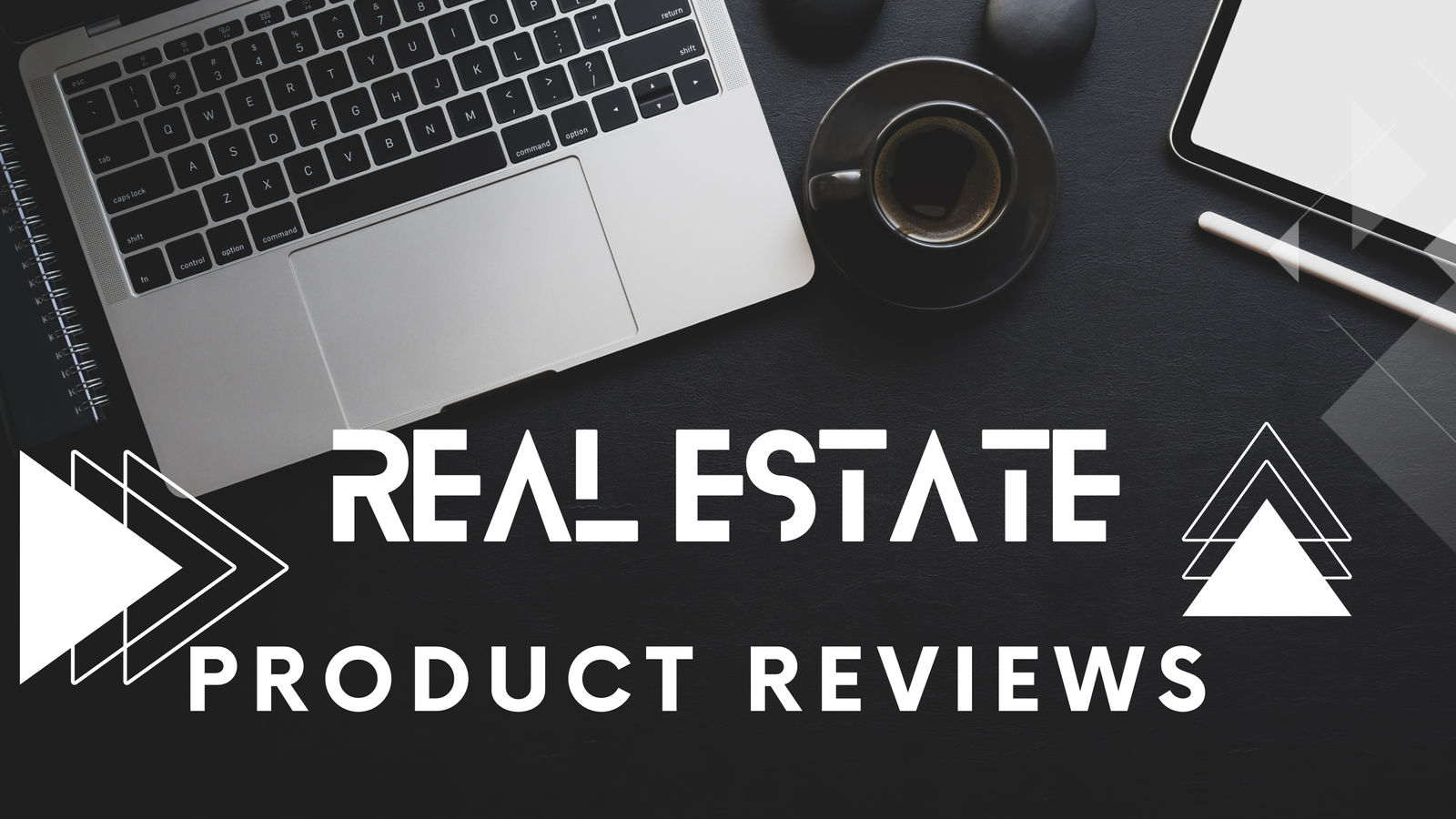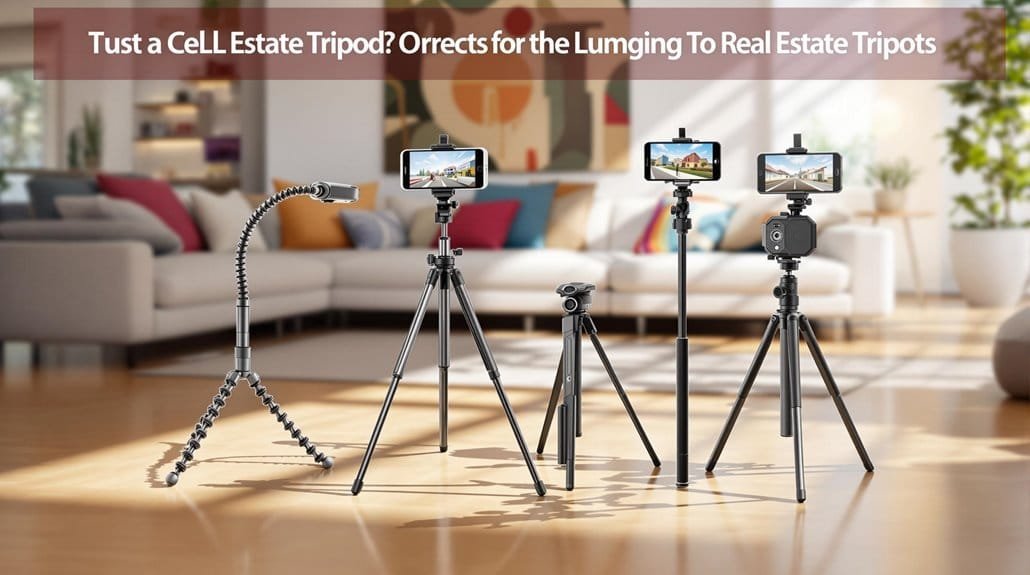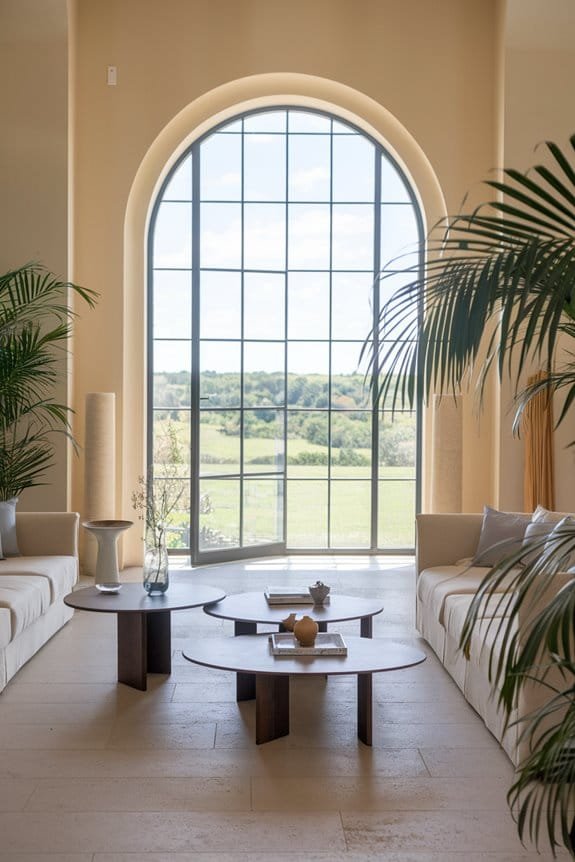Elevate your real estate brand with Agent Image’s stunning website designs that seamlessly blend current design trends and enhance user experiences. By incorporating cutting-edge technologies like virtual reality tours and AI-driven recommendations, your website captivates and retains interest. Minimalist design principles guarantee clarity and faster load times, providing a visually appealing and efficient user experience. Interactive features, such as 360° virtual tours and detailed maps, engage potential buyers and streamline property exploration. High-quality visuals and consistent branding establish trust and convey professionalism, setting your brand apart from competitors. Discover how these strategies can transform your real estate presence online.
Key Takeaways
- Utilize high-quality visuals and professional photography to create captivating real estate listings.
- Implement interactive features like virtual tours and 3D maps for immersive property exploration.
- Incorporate minimalist design principles for a clean, cohesive, and fast-loading website.
- Enhance user experience with intuitive navigation, strategic CTAs, and mobile responsiveness.
- Showcase market expertise with data-driven insights and educational resources to build credibility.
Emerging Design Trends

While real estate websites constantly evolve, staying ahead of emerging design trends is important to capturing and retaining user interest. Embracing interactive technologies can greatly enhance user experience. Imagine allowing potential buyers to explore properties through virtual reality tours, where they can “walk” through homes using VR headsets. Augmented reality overlays take this further by letting users visualize potential renovations or decor changes within the property view. Interactive neighborhood maps are indispensable, showcasing local amenities, schools, and eateries to provide a thorough understanding of the area. Early adoption of these immersive technologies can give a competitive advantage in the market. Additionally, integrating automation tools to streamline workflows can enhance overall operational efficiency.
Incorporating AI-driven enhancements is also essential. Personalization through machine learning can curate property recommendations tailored to individual user behaviors, ensuring that each visit feels unique. Chatbots and virtual assistants offer round-the-clock assistance, making information access swift and efficient. As the importance of website design continues to grow, focusing on lead conversion and automation will help maintain a competitive edge.
AI-powered content delivery and predictive analytics can further enhance the user experience by delivering relevant content and anticipating user needs.
Modern aesthetic elements play a key role in attracting users. High-quality visuals, such as full-screen video backgrounds and property photographs, captivate visitors. Bold typography and infinite scrolling improve readability and navigation, maintaining a clean, engaging, and professional look.
Principles of Minimalism
Embracing the principles of minimalism in real estate website design can greatly improve user experience and engagement. By utilizing a limited color palette, you create a cohesive look that guides users’ attention and strengthens your brand’s visual identity. Choosing a few complementary colors not only boosts readability but also conveys a specific mood or message, making your website memorable and impactful.
Simplification and focus play critical roles in minimalist design by emphasizing simplicity and removing unnecessary elements. By concentrating on essential content and functionality, you reduce visual clutter and guarantee every element serves a purpose. This approach strips away distractions, allowing users to prioritize their tasks seamlessly. Minimalist web design, which originated in the 1960s and emphasizes simplicity and balance, has evolved significantly over time and is now a key strategy for enhancing website aesthetics and functionality. This design approach also improves performance optimization, leading to faster load times and reduced data usage.
Typography also contributes notably to the minimalist aesthetic. Opt for simple, readable fonts that maintain consistency and enhance readability. Avoid overly stylized fonts that might hinder user experience. Your typography choices should complement the overall design, affecting not just aesthetics but functionality as well.
Enhancing User Experience
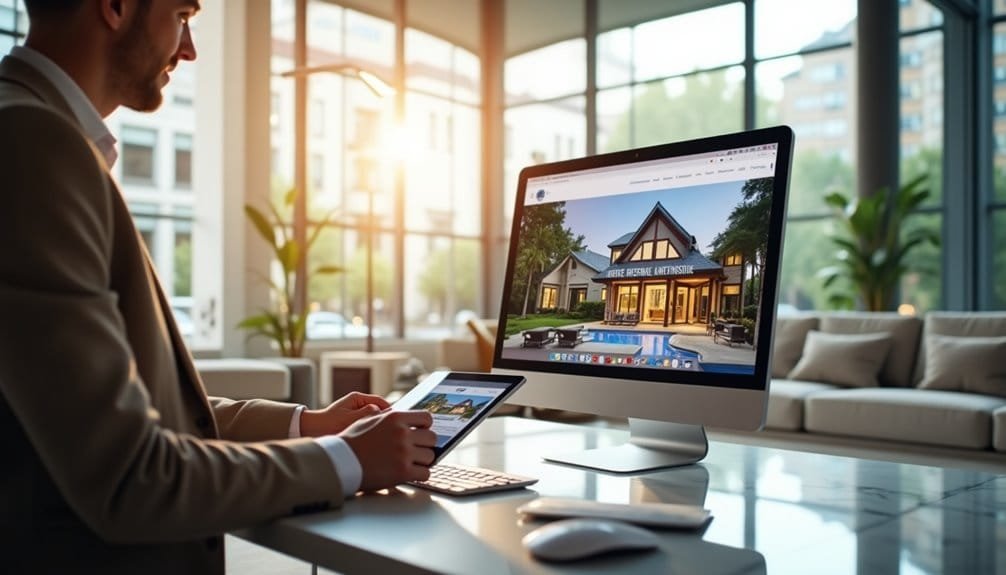
To truly enhance user experience on a real estate website, focus on creating a seamless and intuitive journey for your visitors. Simplified navigation is key; make certain your menu categories are clear and straightforward, like “Homes for Sale” and “About Us.”
Utilize intuitive search filters so users can easily find properties that suit their needs. It’s essential that your website is easy to navigate on mobile devices, maintaining consistent branding and minimal design elements to keep the experience smooth and engaging. Incorporating real-time insights can also help users make informed decisions based on the latest market trends.
Incorporate engaging and interactive features to captivate your audience. High-quality visual content, such as virtual tours and interactive floor plans, can greatly enhance user interaction and interest. Embedding videos and 3D images of property listings offers a richer exploration of the homes you’re showcasing, while street-view photos help users get a sense of the property’s location. Interactive features, like quizzes or calculators, can encourage user action and increase engagement time. To further improve user engagement, use high-quality images prominently, ensuring they are visually appealing and effectively showcase the properties.
Consider these key elements for a better user experience:
- Responsive and fast designs: Make certain your site adjusts to different screen sizes and loads quickly.
- Understanding user needs: Define your business clearly to reflect your brand.
- Engaging content presentation: Use client testimonials to build trust.
- UX best practices: Regularly update and monitor user behavior to optimize the experience.
Innovative Content Strategies
Innovative content strategies frequently transform the way users interact with real estate websites, making property listings more engaging and informative. By integrating high-quality imagery and interactive elements, you can attract potential clients and provide an all-encompassing view of properties. Employ visually appealing image sliders or grid layouts to exhibit homes, ensuring images load quickly without losing quality. Detailed descriptions, virtual tours, and key features enrich listings, offering a depth of information that aids decision-making. Incorporating interactive tools like Google Maps and mortgage calculators can enhance user experience, making property exploration seamless and intuitive. Video content, too, plays a crucial role in attracting audiences. Utilize 360 tours and immersive videos to offer an in-depth look into properties, allowing clients to visualize themselves in new spaces. Regular performance testing identifies issues, ensuring smooth navigation and improving the overall user experience. To further enhance user experience, ensure that clear calls-to-action are strategically placed throughout the site, guiding users towards taking desired actions and improving engagement. Additionally, incorporating diverse video types can significantly boost engagement and inquiries from potential buyers.
| Strategy | Emotional Impact |
|---|---|
| High-Quality Imagery | Creates a lasting impression |
| Interactive Elements | Engages and informs users |
| Video Content | Enhances understanding and engagement |
| Real Estate Tools | Streamlines the property search process |
Integrating these strategies into your website design not only elevates your brand but also meets the needs of today’s digital-savvy audience. By adapting to changing consumer behaviors, you can foster a more engaging and informative real estate search experience.
SEO Best Practices

In today’s competitive digital landscape, mastering a few key SEO best practices can greatly boost your real estate website’s visibility and user engagement.
Focusing on technical optimization is essential to guarantee your site runs smoothly. Start by using a responsive design to make it mobile-friendly, reducing errors and improving user experience. Conduct regular SEO audits to check site speed and page indexing, confirming everything runs efficiently. Mobile optimization is crucial for improved search engine ranking, as a significant portion of users access websites via their mobile devices. SEO can significantly reduce marketing costs over time, making it an essential component of your digital strategy.
Don’t forget about ADA compliance; making links descriptive and using alt text on images can make a significant difference.
Keyword research and optimization are vital components of your SEO strategy. By targeting specific, reachable keywords—particularly long-tail and local ones—you can better attract your audience and improve rankings. Regularly updating your content to reflect market trends will keep your site relevant and engaging.
Here are some actionable steps to take into account:
- Use meta descriptions and heading tags: These help search engines understand your content.
- Develop a content strategy with clusters: This illustrates expertise and authority.
- Leverage guest blogging for backlinks: It builds your website’s authority and rankings.
- Regularly refresh content: Keeps it fresh and relevant for your audience.
Implementing these strategies can elevate your real estate website’s presence in search results.
Interactive Features
Amidst the digital revolution in real estate, interactive features have become essential for enhancing user engagement and boosting website appeal. By integrating dynamic elements like interactive photos and videos, you can captivate potential buyers.
Offer zoom functionality for photos and add video testimonials to provide personal insights into properties. Interactive floor plans with clickable room labels, dimensions, and furnishings enable users to explore spaces virtually.
Virtual tours elevate the browsing experience, allowing for immersive 360° views, which can be a game-changer for showcasing listings. Use specialized cameras to capture high-resolution images, offering virtual open houses via live streams.
Embed these tours alongside detailed listing descriptions and floor plans, highlighting key property features.
Interactive maps and neighborhood profiles further enrich the user’s journey. These maps, equipped with 3D street views and filters, help buyers discover nearby amenities.
Create detailed neighborhood profiles with information on schools, walking scores, and community details. By integrating walkability widgets, you highlight neighborhood accessibility, and displaying crime data and local information guarantees transparency.
Incorporating these interactive features not only enriches user experience but also positions your real estate website as a modern, engaging platform.
- Prepare for Loan Maturities and Refinancing Waves as a Real Estate AgentIn mastering loan maturities and refinancing waves, uncover strategies every real estate agent needs to empower clients during pivotal financial transitions.
Visual and Functional Appeal

As interactive features captivate users, the visual and functional appeal of a real estate website guarantees they stay engaged and find the information they need easily. High-quality visuals, such as professional photography and videos, are essential for showcasing properties effectively. These elements not only enhance the user experience but also create an emotional connection with potential buyers through clear and high-resolution imagery.
A well-organized visual hierarchy guarantees that important information stands out, making it easily accessible.
To make your website visually appealing and functional, consider the following elements:
- Infographics: Engage users and convey valuable information in an easily digestible format.
- Clear Headings: Use clear headings and fonts for improved accessibility and readability.
- Intuitive Navigation: Guarantee a seamless user experience by implementing easy and intuitive navigation.
- Consistent Branding: Use consistent branding, including color schemes and typography, to enhance professionalism.
A sophisticated layout, coupled with dynamic elements like parallax effects and animations, enriches the user experience further.
Employing effective CTAs (Call-to-Actions) guides users throughout the site, encouraging engagement. Finally, detailed property listings and streamlined contact forms improve user interaction, guaranteeing they receive the information they need efficiently.
Mobile Responsiveness
Mobile responsiveness is a game changer for real estate websites, guaranteeing they adapt seamlessly to any device a user might choose. With over 60% of internet searches happening on mobile devices, having a mobile-responsive site isn’t just an option—it’s vital.
This flexibility enhances user experience, as content dynamically adjusts to fit any screen, improving readability and navigation. Imagine potential home buyers accessing your site on their phones and being greeted with easy-to-read text and intuitive navigation. They’re more likely to stay longer, reducing bounce rates and increasing engagement.
Moreover, Google favors responsive websites, offering them higher search rankings, which can lead to increased visibility for your listings. This gives you a competitive edge, especially when most of your audience is using mobile devices.
Key elements of a mobile-responsive design include flexible layouts and fast loading times, which are important for keeping users engaged, even on slower connections. Simple navigation and concise content guarantee users find what they need quickly.
Prominent calls to action make it easy for users to contact you, enhancing their experience and boosting conversion rates, ultimately elevating your brand’s image. Additionally, utilizing effective email marketing software can further nurture leads generated through your mobile-responsive site, driving increased engagement and conversions.
Recent Posts

Time Blocking for Real Estate Agents: Balance Your Calendar and Avoid Burnout

What Does Corcoran Group Offer Agents
Creating Professional Aesthetics

In crafting professional aesthetics for real estate websites, the combination of sophisticated design elements and effective content organization plays a critical role. You should focus on refined color schemes, using harmonious palettes that enhance the professional atmosphere. High-quality visuals are essential, incorporating high-resolution images and videos to captivate viewers and convey a sense of luxury.
Strategic typography enhances readability and sophistication, while thoughtful whitespace usage balances content, creating a clean, minimalist aesthetic. Interactive features, such as animations and sliders, can greatly improve user engagement, making your site more dynamic and appealing.
To guarantee effective content organization, design intuitive navigation that allows easy access to information. Providing extensive details about services and properties helps users understand your offerings better. Including client testimonials builds credibility and showcases your success, while easily accessible contact information encourages user interaction.
Seamless call-to-actions strategically placed throughout the site guide users towards meaningful actions, such as scheduling a viewing or contacting an agent.
- Use professional photography to highlight properties.
- Integrate videos for immersive property tours.
- Make certain the website reflects your brand’s luxury image.
- Provide real estate market insights to showcase expertise.
These elements collectively enhance your site’s professional aesthetics.
Frequently Asked Questions
How Can I Integrate Virtual Staging Into My Real Estate Website?
To integrate virtual staging on your real estate website, start by featuring before-and-after images to highlight transformations.
Incorporate interactive elements like 360° views or 3D floor plans to enhance engagement. Clearly label staged elements to maintain transparency, ensuring buyers understand what’s virtual.
Utilize high-quality visuals to boost your online presence and attract more inquiries. Seamlessly blend virtual staging with your listings to offer potential buyers an intriguing glimpse of their future home.
What Are the Costs Associated With Custom Real Estate Web Design?
Did you know that a custom real estate website can range from $20,000 to $80,000? These costs reflect unique designs, advanced features, and responsive functionality.
Customization guarantees your brand stands out, but it requires significant investment. Opting for professional agencies can result in high-quality outcomes, though they come at a premium.
Consider additional expenses like domain hosting, MLS feed integration, and ongoing maintenance, which are essential for a seamless user experience.
How Does Branding Influence Website Design for Real Estate Agents?
Branding considerably influences your real estate website design by shaping first impressions and enhancing credibility.
Using consistent visual elements like colors and logos, you create a cohesive identity that stands out. A well-designed site appeals to your target audience, encouraging user engagement and fostering brand loyalty.
By integrating personal touches and professional layouts, you differentiate yourself from competitors.
Ultimately, strategic branding boosts lead generation and strengthens your online presence.
What Are the Legal Considerations When Displaying Property Listings Online?
When displaying property listings online, you must consider legal requirements such as adhering to MLS rules, ensuring fair housing compliance, and following state-specific regulations.
Make sure listings are updated promptly, and obtain necessary opt-out forms if a seller chooses not to list on the MLS. Transparency is vital to prevent discrimination and provide equal access.
Understand local regulations for “Coming Soon” listings and conduct virtual showings while observing legal standards and privacy concerns.
How Can I Measure the Success of My Real Estate Website?
You can measure your real estate website’s success by tracking metrics like bounce rate, conversion rate, and lead conversion rate.
Analyze site speed and guarantee it loads within 5 seconds to enhance user experience.
Monitor keyword rankings to improve visibility on search engines.
Evaluate cost per lead to optimize marketing spend.
Regularly assess the visitor-to-lead ratio and click-through rate to fine-tune content and engagement strategies, aiming for high-quality leads and customer retention.
Bottom Line
In the digital landscape, your real estate website is the lighthouse guiding potential clients to your brand. By embracing minimalism, prioritizing user experience, and integrating innovative content strategies, you guarantee your lighthouse shines brightly. Implementing SEO best practices and interactive features enhances visibility and engagement, while visual and functional appeal guarantees the journey is seamless. Mobile responsiveness is the anchor, securing your brand’s professional aesthetics across all devices. Illuminate your brand’s potential with a website that captivates and converts.
